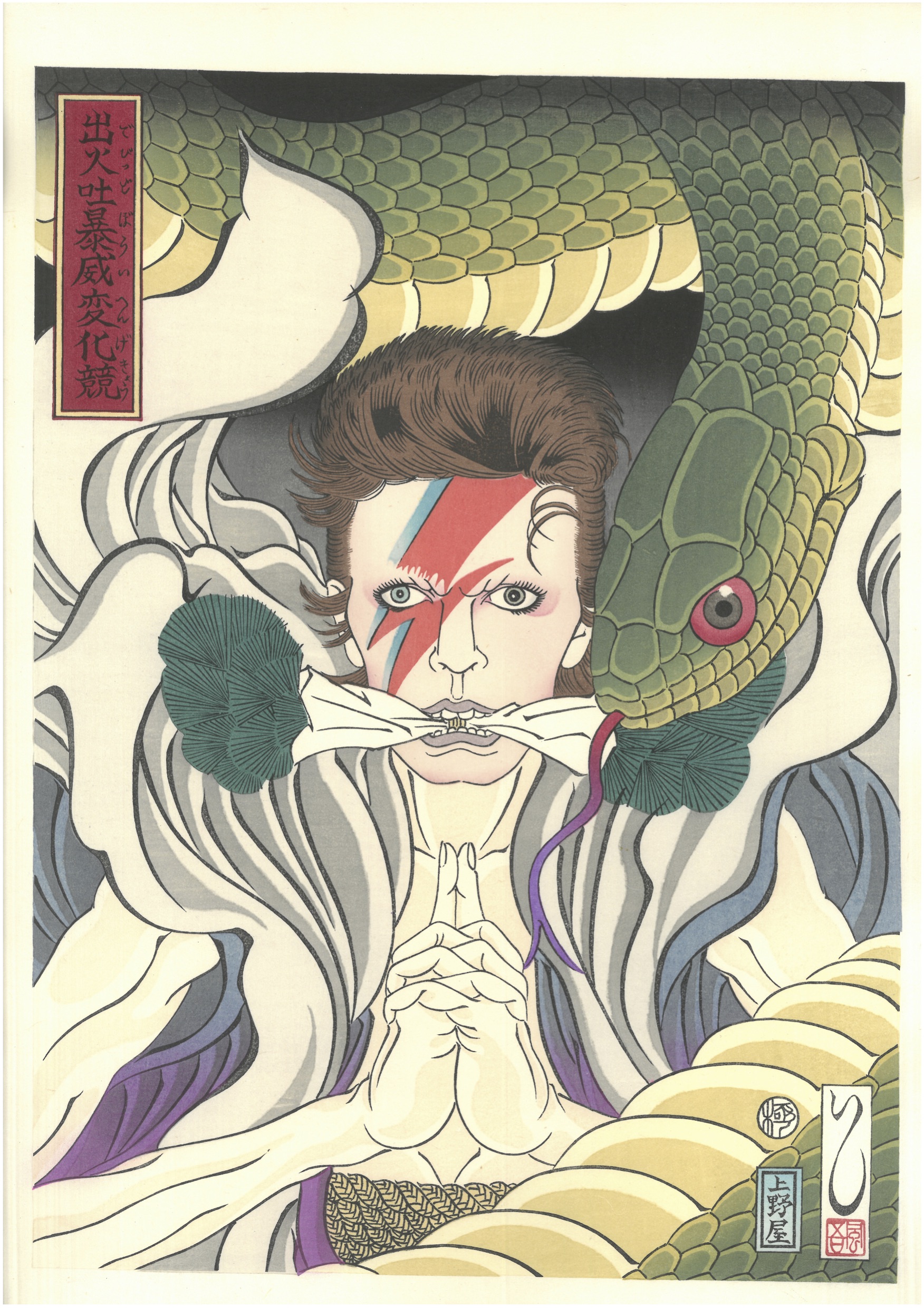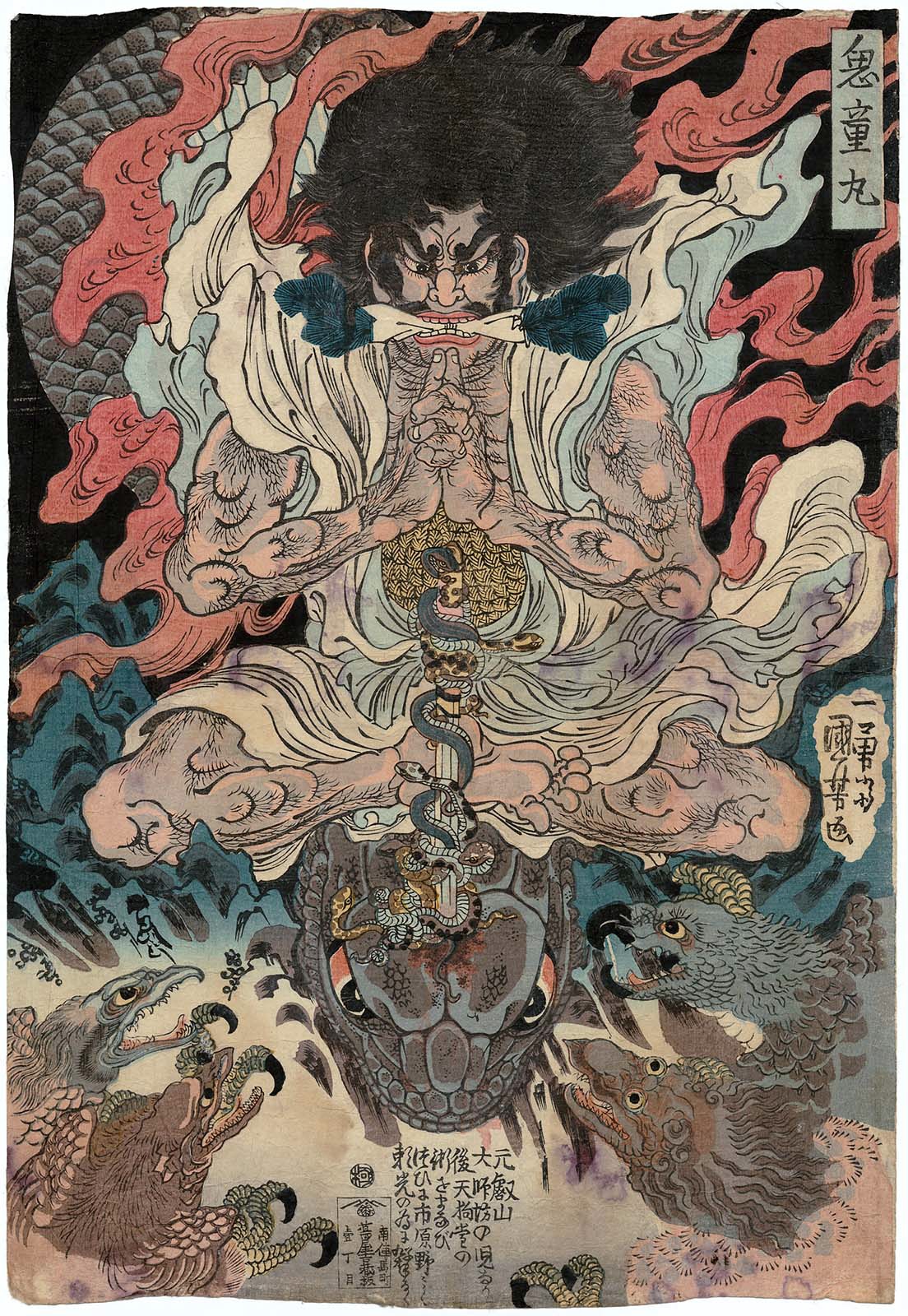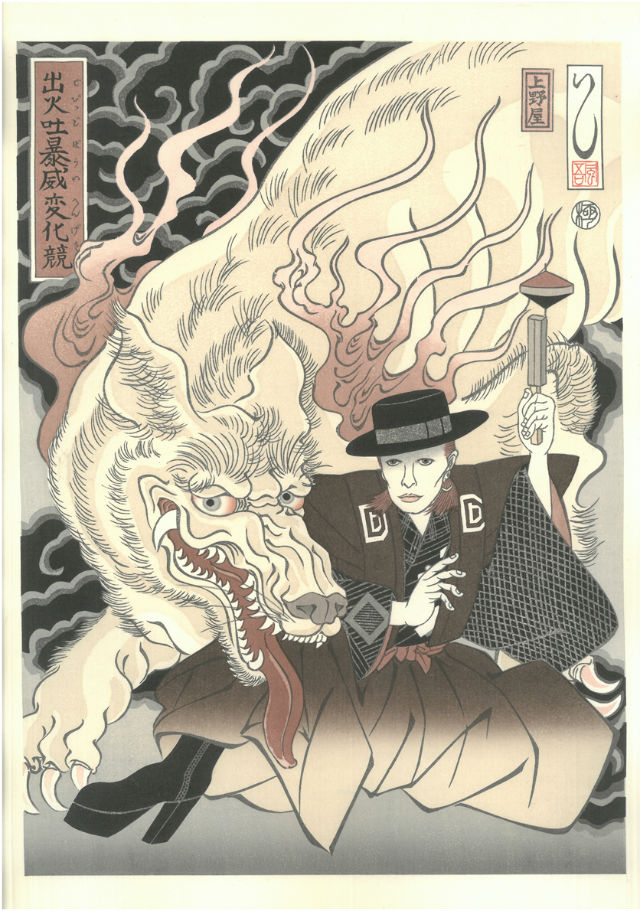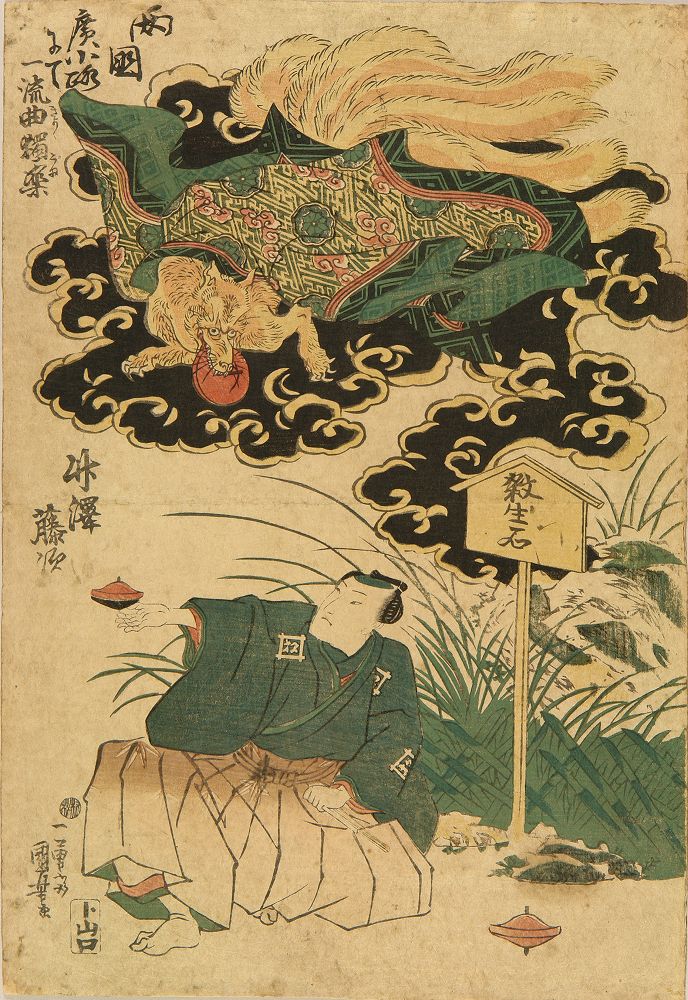Sainthood and incalculable influence aside, John Coltrane didn’t always break new ground in the studio. “If you heard the John Coltrane Quartet live in the early-to-mid 1960s,” writes Giovanni Russonello at The New York Times—referring to the classic lineup of bassist Jimmy Garrison, drummer Elvin Jones, and pianist McCoy Tyner—you heard “a ground-shaking band, an almost physical being, bearing a promise that seemed to reach far beyond music.”
Prior to 1965’s supernatural A Love Supreme, however, few of the eight albums the classic quartet recorded for Impulse! Records captured “the band’s live ethic.” The “funny problem” Coltrane had was his commercial viability, which made the label eschew recording the quartet’s considerably experimental tendencies in favor of “concept-driven and consumer-friendly projects.” Now, Russonello writes, “that story needs a major footnote.” A lost Coltrane album from 1963 has emerged, discovered by the family of his first wife, Naima.
Coltrane history may be rewritten on June 29th when the album, Both Directions at Once, gets its release. We have a glimpse at what fans have been missing for the past 55 years in the soaring first track, “Untitled Original 11383,” above, a “brisk minor blues.” The album’s remaining treasures may justify Sonny Rollin’s comparison of this discovery to “finding a new room in the Great Pyramid.” In addition to two previously unheard original compositions, the album features some very intriguing recordings.
The final track, a studio version of “One Up, One Down,” was “previously heard only on a bootleg recording made at the Birdland jazz club,” notes Fact Magazine. “One of Coltrane’s most famous compositions, ‘Impressions,’ is featured in a trio without piano,” and the album also contains the first recording of “Nature Boy,” which later appeared on The John Coltrane Quartet Plays. (See Fact Mag for a full tracklisting of the standard and two-CD deluxe editions of the album.) This collection comes very close “to the breadth of what Coltrane and his associates were delivering onstage,” claims Russonello.
It may also represent a presciently transitional document, as its title suggests. As Coltrane’s son Ravi puts it, “you do get a sense of John with one foot in the past and one foot headed toward his future.” After the album’s 1963 recording at the Rudy Van Gelder Studio in New Jersey, the master tapes somehow went missing, but Coltrane had taken home the reference tape that only recently surfaced. Both Directions at Once fills in a gap between the “marvelous” albums Coltrane and Crescent, showing off the band’s dynamism in the period between “spring 1962 to spring 1964” and letting them cut loose while staying within familiar harmonic forms.
Coltrane’s avant-garde brilliance may have changed the course of modern music, but some of his most forward-thinking experiments can be difficult listening for those uninitiated in the rites of modal free jazz. According to pianist and scholar Lewis Porter, commenting on an advance copy of Both Directions at Once, the rediscovered album, contains “a lot of that musical meat” that Coltrane’s quartet delivered to live audiences in the early-to-mid-sixties, “but in a context that will be more accessible to a lot of listeners.”
Maybe more conservative listeners, however, can find in the lost album a key that unlocks the incredible mysteries of later recordings like Ascension, Meditations, and the wild, posthumously-released Interstellar Space.
Related Content:
John Coltrane’s Handwritten Outline for His Masterpiece A Love Supreme (1964)
Josh Jones is a writer and musician based in Durham, NC. Follow him at @jdmagness





